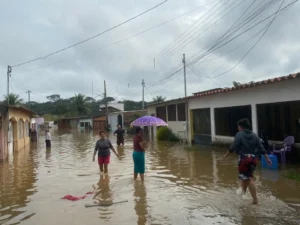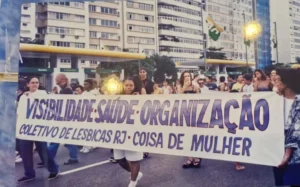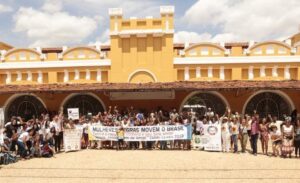This report presents the reflection and denunciation that the tormentors of indigenous peoples are more than ever settled within the Brazilian State.

By RLS – Since 1996, the Indigenist Missionary Council (Conselho Indigenista Missionário – CIMI), one of RLS-Brazil’s main partner, issues a annual report about various kinds of violence committed against the indigenous population throughout the country. Since 2017, RLS supports the translation of this document into English to enable its access by international human and indigenous rights defenders, such as the UN Permanent Forum on Indigenous Issues, the OAS Inter-American Commission on Human Rights and others.
The report on Violence against Indigenous Peoples in Brazil – data for 2017 -, which had its English version released in November 2018, reflects a reality of absolute legal uncertainty regarding the individual and collective rights of indigenous people in Brazil. More than that, it presents data and information that show the establishment, within the government, of an organization that seeks to destroy public property and impose, including by force, its exploratory intent with respect to natural resources.
Throughout 2017, indigenous peoples endured the enforcement of a despicable, fascist, predatory and devastating policy on territories, environmental assets and water resources. A policy deliberately implemented to annihilate rights, their way of life and their prospects for a future. A policy engendered in the offices of agribusiness advocates and religious fundamentalists. A policy that is perverse because it relies overwhelmingly on brute force and repression.
According to CIMI, the numbers of suicide records (128 cases), murder (110 cases), child mortality (702 cases) and violations related to the traditional land rights and their protection remain dramatic. Furthermore, the report points out omission and slowness in land regularization (847 cases); conflicts over territorial rights (20 cases); and possessory invasions, illegal exploitation of natural resources and miscellaneous damage to property (96 registered cases), meaning that there was a significant increase in indigenous land invasions, theft of natural goods such as wood and minerals, illegal hunting and fishing, contamination of soil and water by pesticides, among other criminal acts.




